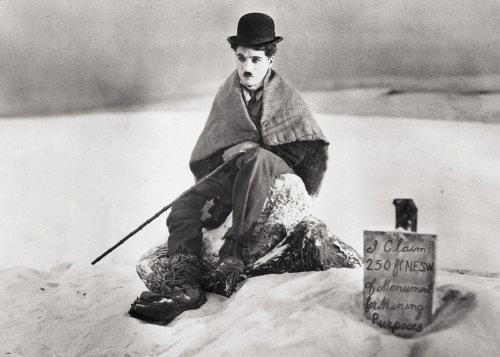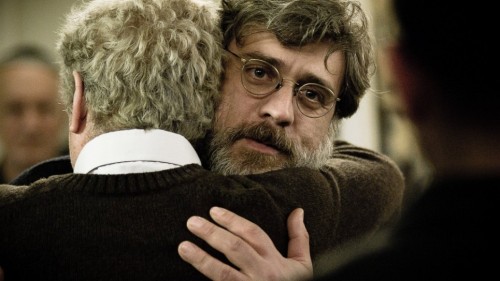A year has passed since Jack’s (Mark Duplass) brother’s untimely death sent him into a misanthropic tailspin which alienated him from everyone in his life except Iris (Emily Blunt), his best friend and brother’s ex-girlfriend. In an effort to do what is best for him, Iris persuades Jack to take a sabbatical to her father’s empty, desolate island home to gather his thoughts and come to grips with his grief. Upon arriving he stumbles upon Hannah (Rosemarie DeWitt), Iris’s lesbian sister who came to the house also seeking solitude after the painful end of a relationship, and the two bond over their misery until they lose their heads and do something that drives a wedge between them and creates an unfortunate love triangle. YOUR SISTER’S SISTER unpretentiously deals with what happens when being dishonest about emotions leads to mistakes and how people can maintain relationships even in the most tricky situations.
This is not director, Lynn Shelton’s, first film to feature complicated friendships and awkward sex. Her feature film, HUMPDAY, which played at Sundance and South by Southwest dealt with two men whose competitive friendship leads to a bet that involves making a sex tape. In many ways, YOUR SISTER’S SISTER is a very natural next film for Shelton. When doing a story that involves drunken hook-ups and overwhelming love-triangles, it would be easy to have the actors give very broad performances that exaggerate emotion and tension or to spin it more like a romantic comedy, things that both Duplass and Blunt have experience in. Instead, Lynn Shelton, who grew up in Seattle and worked as an actress for many years, chose to direct the performances to be as naturalistic as possible and set the story in the North West which adds to quiet, unpolished feeling of the film.
The most interesting aspect of YOUR SISTER’S SISTER is its exploration of how people can construct their own version of family. Jack had a strained, but somewhat loving relationship with his brother who had just died. Iris and Hannah are half-sisters who come to be at odds with each other. However, throughout the course of the film, these flawed characters come to know each other and form the uneasy but lasting bond that one needs from family.















